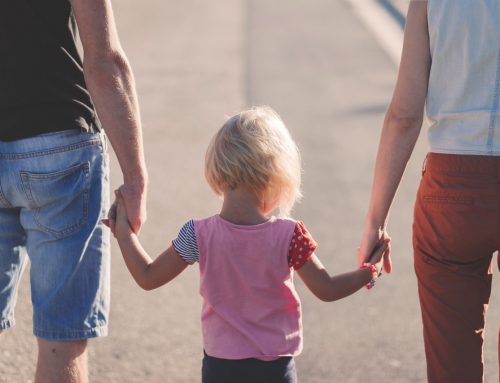Relationships are the center of our existence as humans. They define who we are and bring us some of life’s greatest pleasures and sorrows. Some of our relationships come about naturally, but others take a tremendous amount of effort on our part.
As we strive to live rewarding, healthy lives, it’s helpful to reflect on all our relationships – past, present, and those we hope to enjoy in the future. This can help us understand where we’ve been and where we’re headed.
Think about your closest relationship. It may be with your spouse or partner, your child, a parent or even a beloved pet.
Are you experiencing turmoil or stress in this important relationship right now? If the answer is yes, you are likely suffering from feelings of sadness, anger or fear whenever you think about your relationship. At the same time, you may also feel opposite emotions – feelings such as happiness, excitement or satisfaction that come from remembering better times.
What causes these emotions? Let’s take a look at how they arise in the body and brain – the first step in understanding the connection between our relationships and our long-term health.
Emotions are created by chemical messages in the body
Emotions such as love, fear, anger, sadness and excitement are all produced in the brain. Functional MRI studies show that the feeling of being in love is created when dopamine-releasing regions in the brain are stimulated. Dopamine is a neurotransmitter that is released by neurons (nerve cells) in the brain, leading to strong feelings of pleasure and satisfaction when you are with someone you enjoy.
Oxytocin is another important substance involved in the formation of relationships. This hormone drives the strong bonds that form between mother and child and also plays a crucial role in the creation of new romantic relationships.
Functional MRI studies have also revealed possible interactions between oxytocin and dopamine in the early stages of romantic love. This tells us that dopamine and oxytocin are both important to the development and maintenance of close relationships.
Beyond biology: understanding the emotions of falling in love
Knowing about the neurobiology of relationships can be interesting, but how does it help us form and keep meaningful attachments?
First, knowing how the various biological processes work in our bodies may help us recognize that the intense feelings of early love are always temporary. In fact, biologists note that if we were to remain in that heightened state over the long term, it would actually harm our health!
The overwhelming chemical state of “being in love” lasts about 12 to 18 months. During this time, dopamine and oxytocin flood our brains. We feel strongly attached to the other individual and want to be with them all the time. The parts of our brains that would typically notice unappealing qualities in our new love interest are temporarily impaired as we view him or her through “rose-colored glasses.”
Promising new relationships sometimes end when this intense period of early love cools. But this doesn’t have to happen if we understand what comes next.
When first love fades, lasting love can begin
As our first feelings of love wane, are there neurochemicals in our bodies that will help us form a lasting relationship?
The good news is that there often are. Oxytocin, which is still present after the wildness of early love departs, serves to create feelings of contentment, calmness, and security that actually promote the formation of lasting bonds.
At this point, the release of vasopressin is also a helpful force. Vasopressin is a hormone associated with behaviors that produce lasting relationships. This may help explain why intense, “blind” love fades, while attachment to another often replaces the initial high of falling in love.
Relationships are the key to our good health
Whatever the chemical processes behind our relationships, we know that close, personal relationships are critical to our well-being over time.
A meta-analysis of nearly 150 separate studies that together included more than 300,000 participants found a 50% greater likelihood of survival for those who have strong social relationships. The studies looked at relationships of all kinds, including those between friends, family and others in the community in addition to marriage and romantic partnerships. It turns out that being alone and isolated may be as unhealthy for us as smoking tobacco.
Having difficulty forming and keeping relationships? Get help now
Are you experiencing stress and conflict in your marriage or other close relationships? Or are you lonely and looking for new ways to connect with people? Janae Munday can help.
A skilled provider of individual and couples therapy, Janae has enabled hundreds of men and women in the Phoenix area to see the larger patterns inside their relationships – the first step in achieving meaningful change.
Call Janae today for a personalized counseling session at a time that’s convenient for you.
Source





